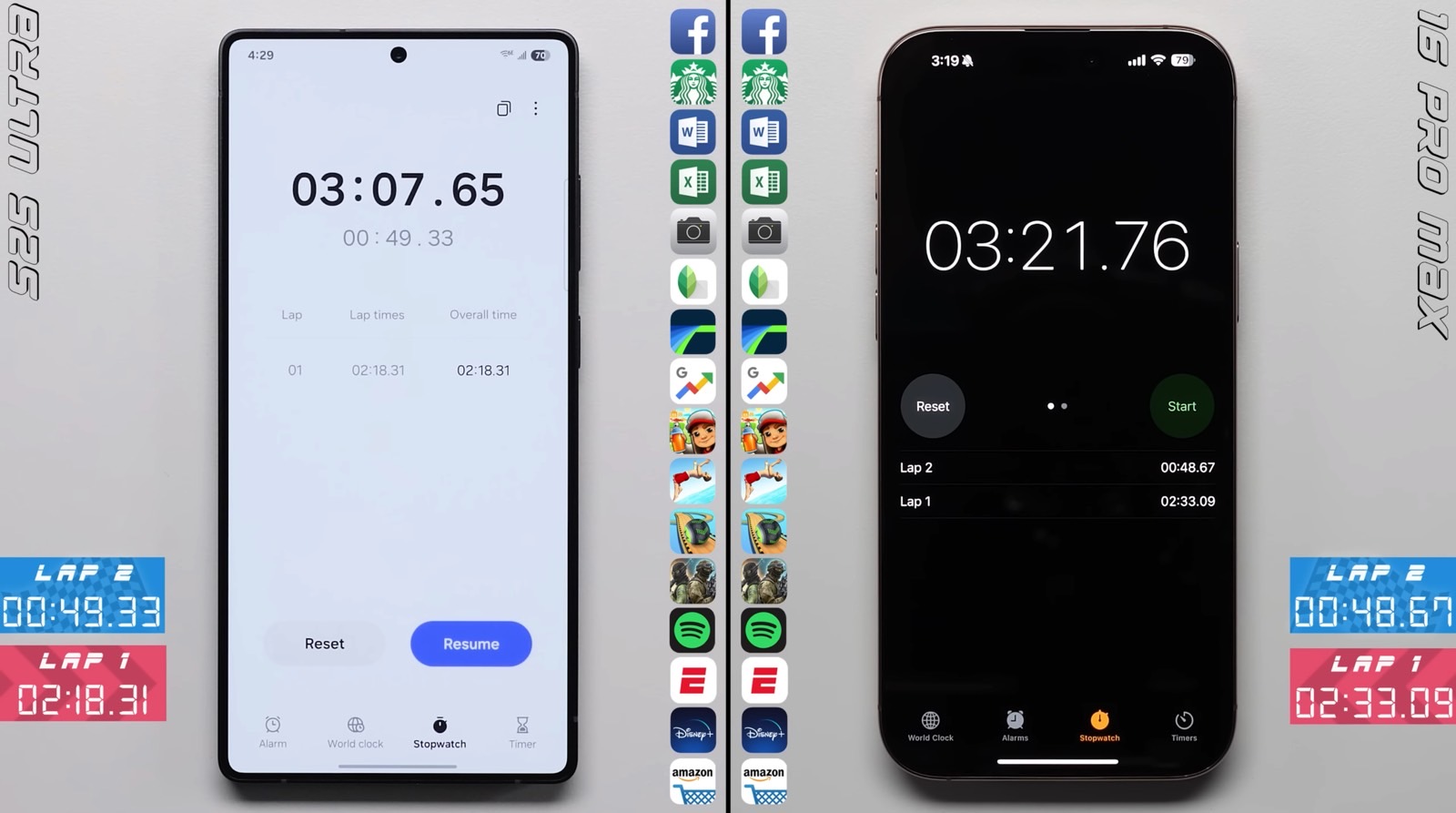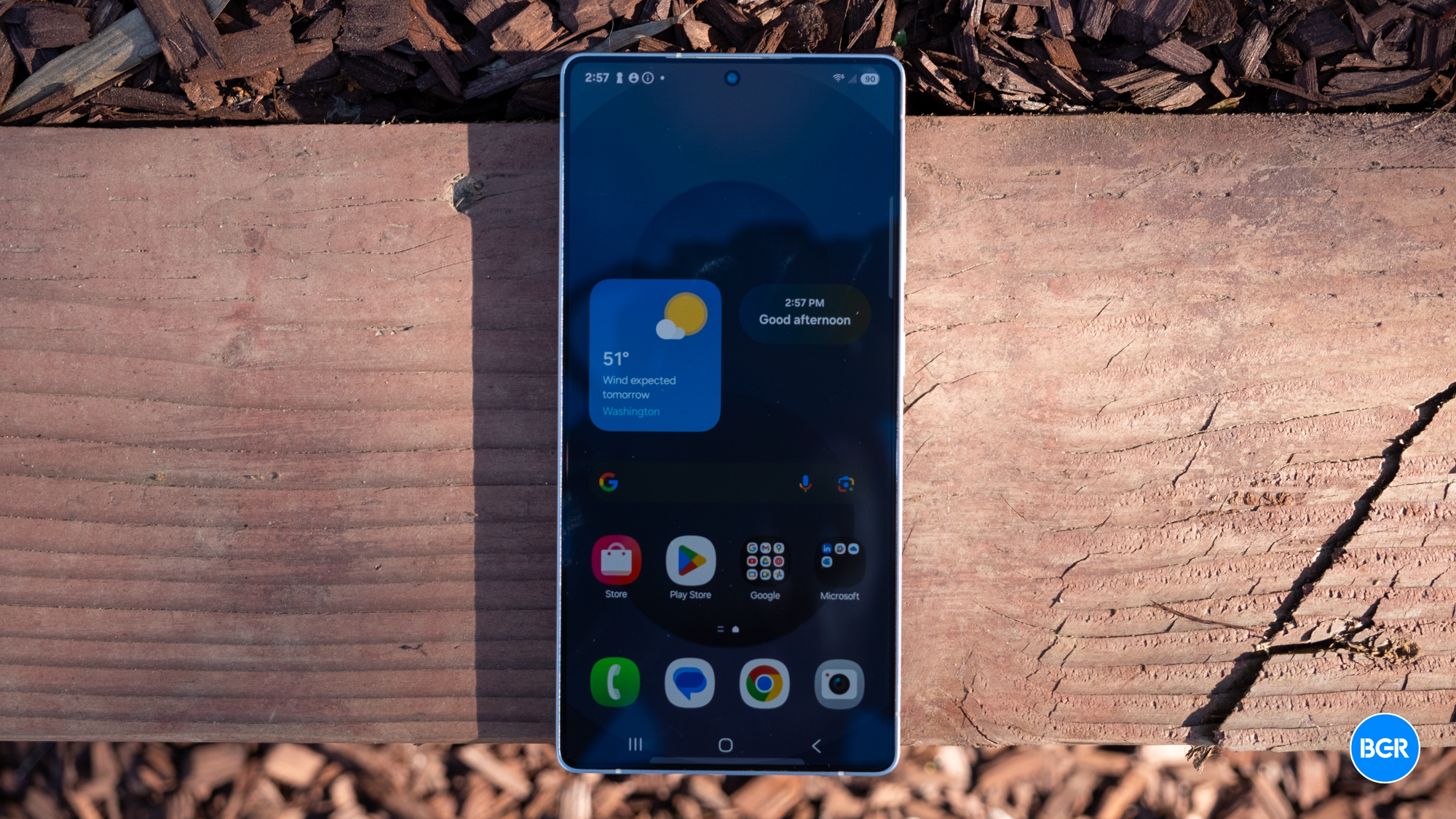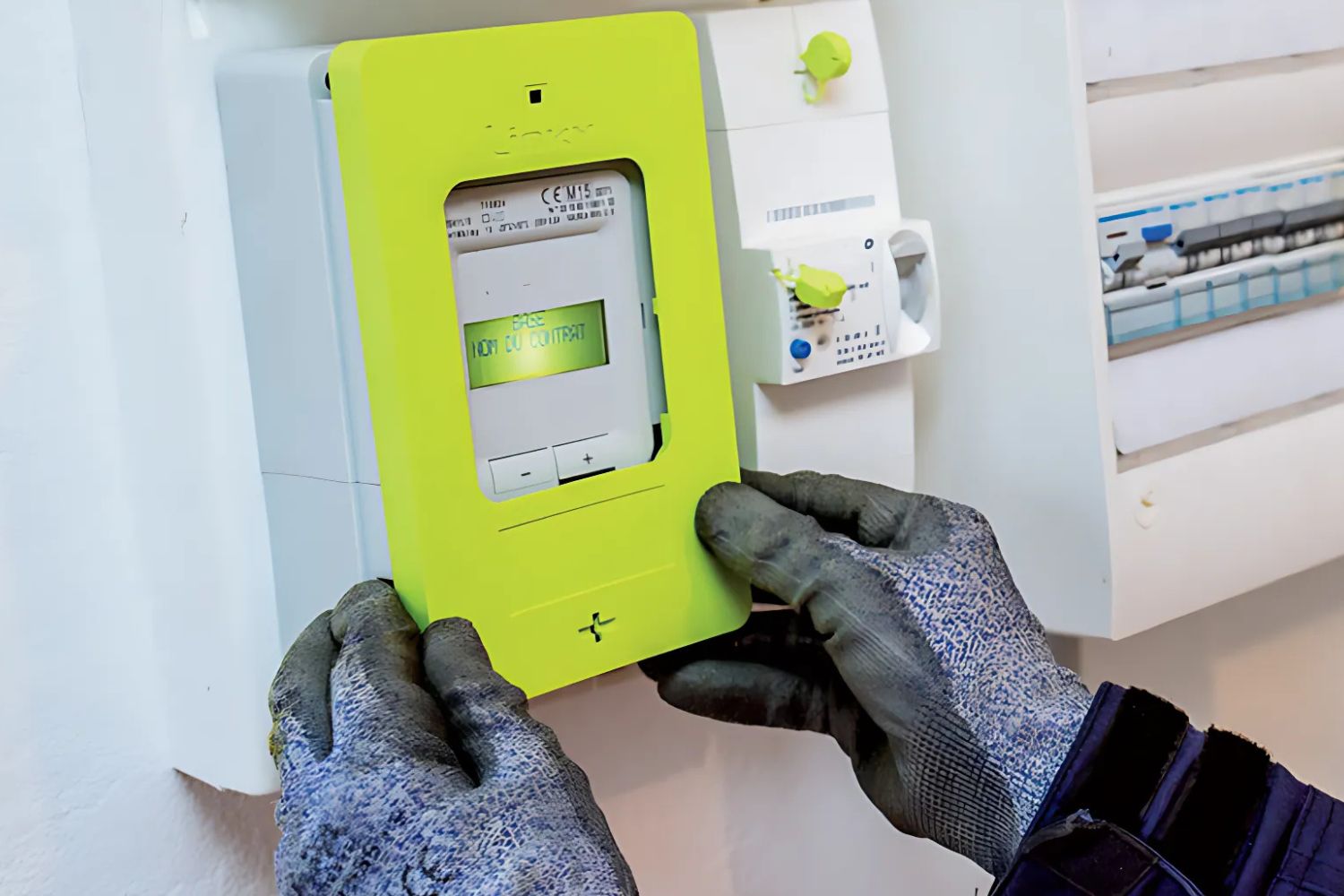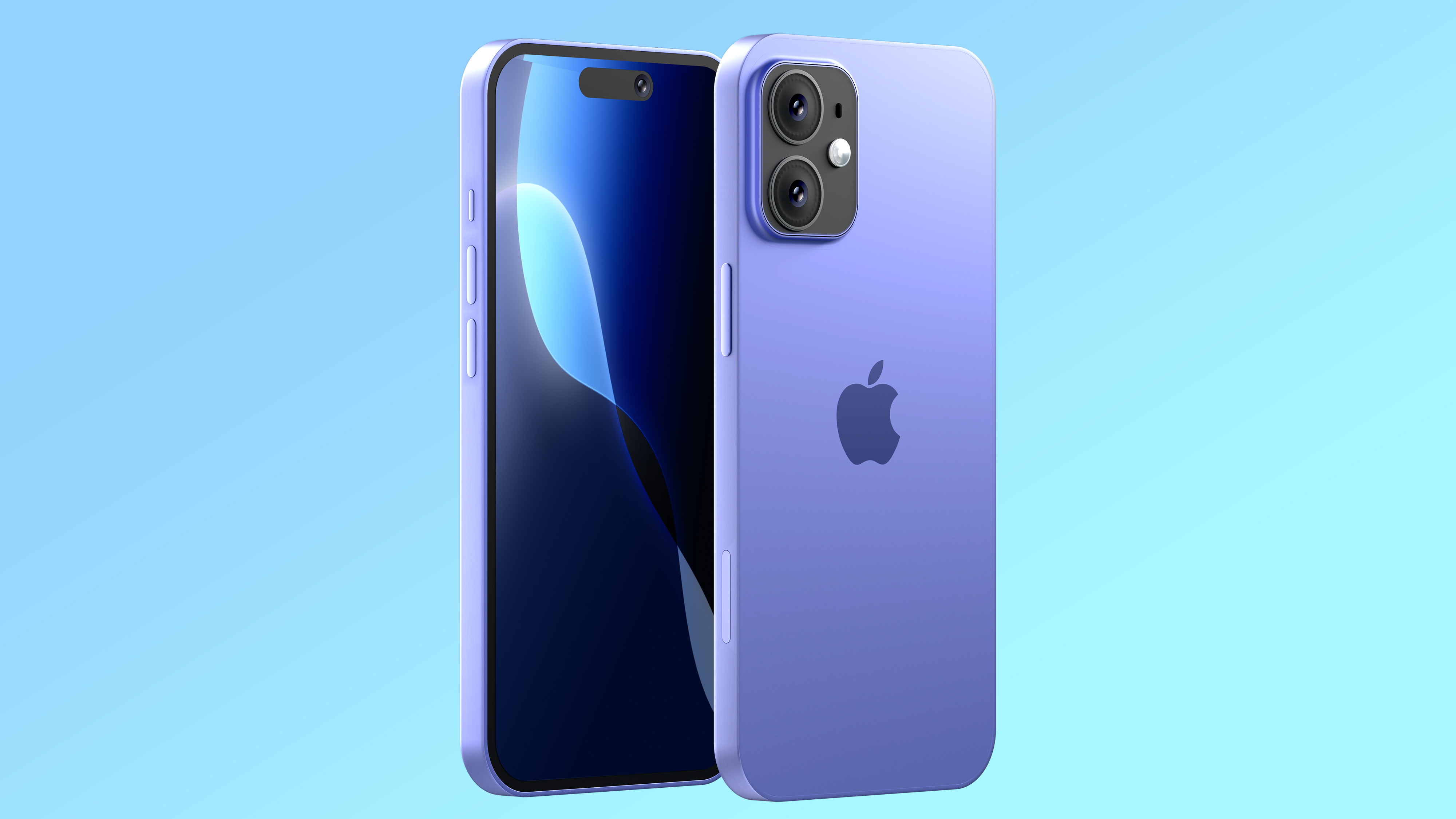Apple introduced the iPhone 16 Pro Max’s A18 Pro chip as the “fastest CPU in any smartphone” last September. That’s something Apple could have said about any of the previous A-series chips powering its flagships. Every new iPhone would obliterate its rivals in benchmark tests and real-life speed tests.
It would be very rare for an Android phone to outperform an iPhone in real-life situations. When it did, it was usually a memory problem with the iPhone, which didn’t pack as much RAM as its predecessors. A Galaxy S outperforming an iPhone was a rare sight, and I say that as a longtime observer of the industry.
But something happened in recent years. Android phones, and especially Galaxy flagships, got better and better, largely in part due to Qualcomm’s newest Snapdragon chips. Ahead of this year’s Galaxy S25 release, I actually had expectations that the Snapdragon 8 Elite would finally give Apple a real challenge and further force the iPhone maker to innovate.
The Galaxy S25 Ultra vs. iPhone 16 Pro Max real-life speed test is now out, confirming my expectations and then some. While I expected the new Samsung flagship to outperform the iPhone in this particular test, I didn’t expect the difference to be so massive. The Galaxy S25 Ultra crushed the iPhone 16 Pro Max in a way I didn’t think possible.
In October, the iPhone 16 Pro Max outperformed the Galaxy S24 Ultra in PhoneBuff’s real-life speed test by a couple of seconds. The iPhone still won, but the difference was so minor it was negligible. That’s despite the iPhone rocking the better, much better chip. The A18 Pro practically kills the Snapdragon 8 Gen 3 in benchmarks. There’s no contest.
The real-life speed test consists of a robot running the same set of mobile apps on both phones. The first round times the speed of opening the apps on the screen for the first time, putting the phone’s processing power to the test.
Then, a second round involves reopening the same set of apps from memory and testing the phone’s ability to keep apps loaded in memory.
The whole process is meant to mimic the way we use phones. We open all sorts of apps and games one after the other, multitasking between them. The faster the phone, the faster the experience.
As expected, PhoneBuff put the Galaxy S25 Ultra and the iPhone 16 Pro Max through the same speed test. A robot went through a set of apps that included the usual mix, from intensive games and video processing apps to streaming apps and web apps.
Considering how close the Snapdragon 8 Gen 3 and A18 Pro were in October’s test, I was expecting the Snapdragon 8 Elite to pull ahead slightly in the first round. That is, I thought the Galaxy S25 Ultra would beat the iPhone 16 Pro Max by a few seconds when opening the apps for the first time. The second lap, which tests the memory, would be almost even, so the Galaxy S25 Ultra would win by a few seconds.

I didn’t expect the Galaxy S25 Ultra to finish the first lap some 15 seconds before the iPhone 16 Pro Max. That’s unheard of. And yes, PhoneBuff had to account for a UI difference in a more resource-intensive app and program a slight stop for the iPhone.
Still, the test shows that Samsung’s phone can be faster than the iPhone in some tasks. You’d have to use both phones regularly to notice the differences. But the tables have certainly turned here.
Samsung, with Qualcomm’s help, achieved an amazing feat. Again, this never happened before, and it’s all the more surprising considering that the iPhone 16 Pro Max should run more stable software than the Galaxy S25 Ultra’s fresh Android 15 build.
It will be interesting to see the iPhone 17’s performance this fall when Apple debuts the new A19 Pro chips. Rumors that Apple will debut a new cooling method for the iPhone 17 are all the more important. Better heat management can lead to better performance, but that’s just speculation.
The speed test also puts plenty of pressure on Samsung. Its Exynos chips still can’t match the iPhone’s performance. That’s why we don’t have an Exynos 2500 inside the Galaxy S25 phones this year. And that’s why Samsung has to pay Qualcomm increasingly more expensive fees for high-end chips like the Snapdragon 8 Elite.
After all that, I’ll also note the obvious thing here. I’m a longtime iPhone user who no longer feels like he needs the best Apple can deliver in terms of performance for regular smartphone use. The base iPhone 16 would be enough for my needs. In fact, I can still use the 2022 iPhone 14 Pro without feeling like I need more speed. I’m currently testing an iPhone 16 Pro Max, and the speed isn’t the reason why.
Most iPhone and Galaxy S users should not care about these speed tests at this point in smartphone history. Even mid-range phones will offer more than decent performance.
That doesn’t mean Apple, Samsung, Qualcomm, and others should stop making faster and more efficient chips. We need more innovations for better battery life and quicker on-device AI experiences. These should be big focuses for next-gen chip designs, in addition to faster mobile experiences overall.









